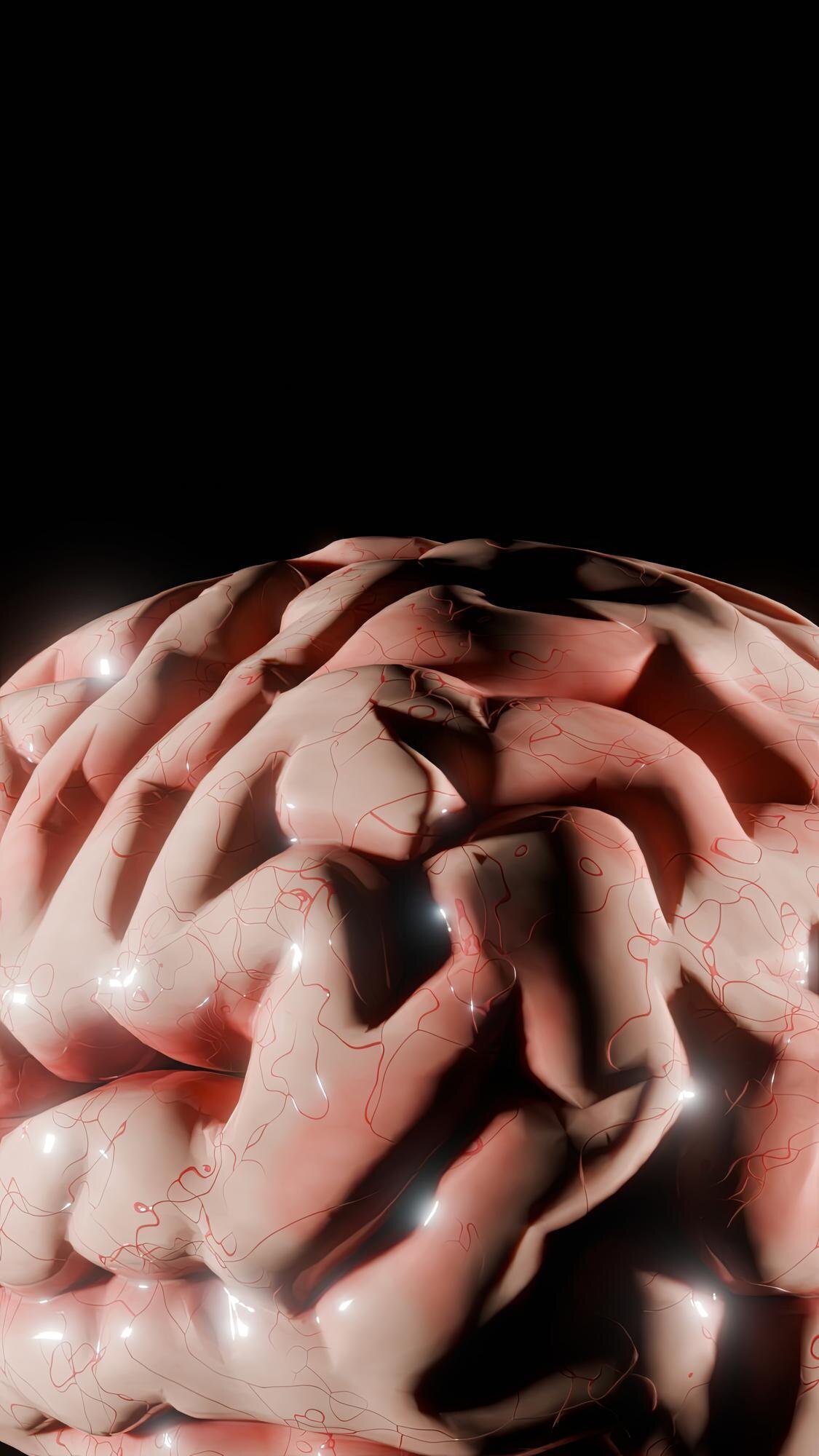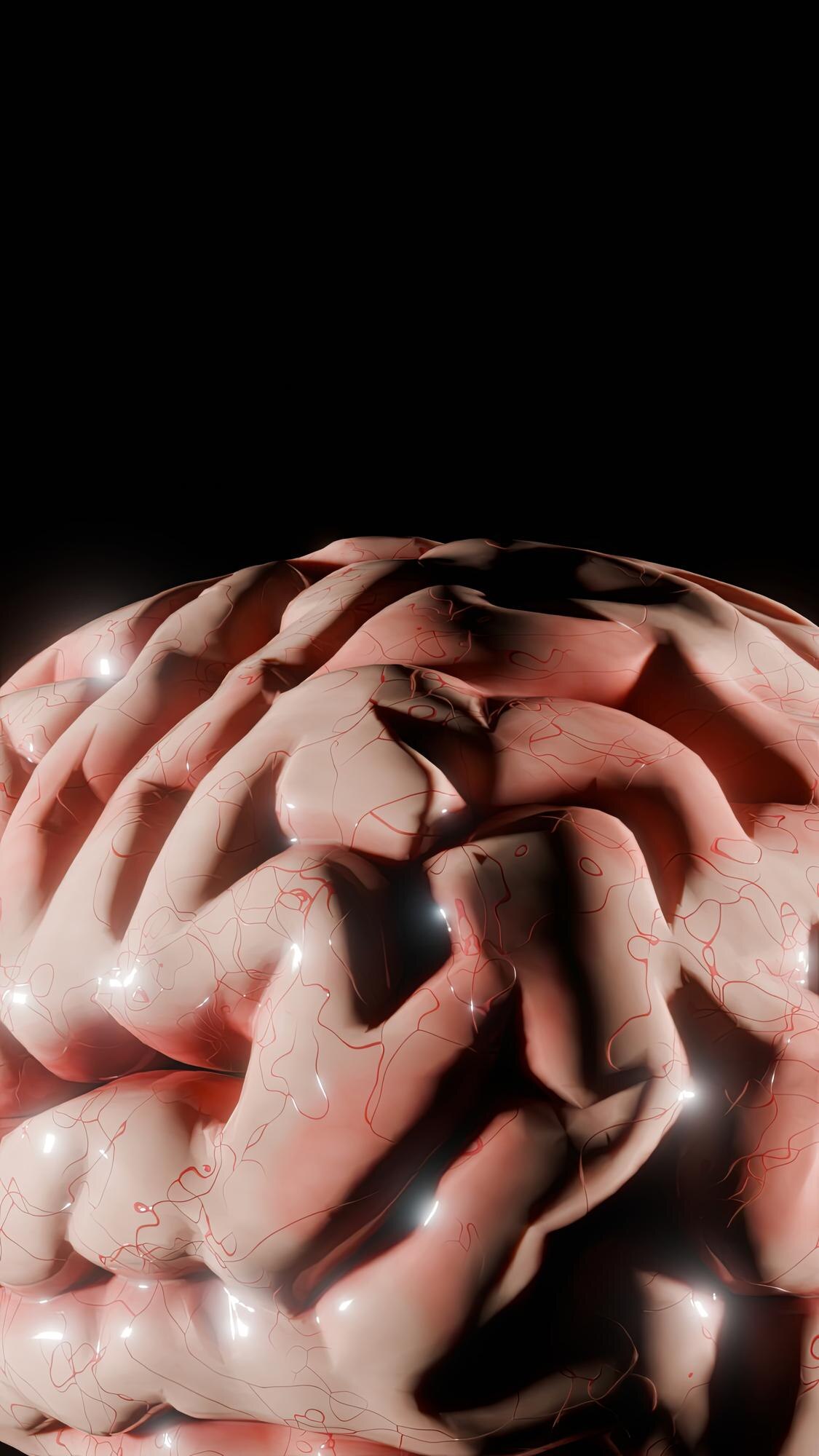
Unraveling Survival: The Science Behind Compulsive Behaviors
Forget everything you know about compulsive behaviors. Beneath the surface lies a brain survival mechanism that’s been silently steering your actions. It’s not about weakness or lack of willpower—it’s about emotional pain seeking relief. Imagine understanding and transforming these patterns into healthier choices. You’re not alone, and there’s nothing wrong with you. Discover how non-clinical coaching can help you reclaim your power and find real emotional healing. Ready to break free? Let’s begin this journey together.
Unveiling Brain’s Survival Mechanism

Understanding the intricacies of compulsive behaviors begins with recognizing the brain’s innate survival mechanisms. These patterns are not just habits but are rooted in how our brain perceives and responds to threats and discomfort. Let’s delve into the scientific insights that illuminate why we might feel compelled to repeat certain actions.
Compulsive Behaviors Explained
Compulsive behaviors are a response to emotional distress, often stemming from our brain’s survival instincts. When faced with stress or anxiety, the brain seeks to find relief through repetitive actions, which may temporarily alleviate discomfort but can evolve into a cycle of reliance.
Research from Stanford shows that our ancient brain wiring plays a significant role in these behaviors. The brain’s reward system reinforces actions that provide temporary relief, even if they are ultimately harmful.
Moreover, a study highlights how these behaviors are ingrained, making it challenging but not impossible to break free. By understanding these mechanisms, individuals can gain insight into why they feel driven to engage in these behaviors.
Realizing that these actions are not about willpower but about survival can be empowering. It shifts the narrative from one of blame to one of understanding and compassion, providing a foundation for emotional healing.
Emotional Numbing and Relief
Emotional numbing is another facet of the brain’s survival strategy. When faced with overwhelming emotions, the brain may choose to numb them as a form of protection. This can manifest as compulsive behaviors, which provide a temporary escape from emotional pain.
According to the NIH, this response is intricately linked to the brain’s chemistry, where certain actions trigger dopamine release, offering a fleeting sense of relief. Over time, this can lead to a cycle of seeking relief through behaviors that numb emotions.
A deeper understanding of emotional numbing reveals that it’s a coping mechanism, not a personal failing. Recognizing this can guide individuals toward healthier alternatives for managing emotional distress.
In acknowledging the role of emotional numbing, we can start to unravel these patterns and work towards genuine emotional healing. By learning to sit with and process emotions, individuals can find a more sustainable path to relief.
Transforming Patterns into Healing

Once we comprehend the brain’s survival mechanisms, we can begin transforming these patterns into avenues of healing. Non-clinical coaching offers a unique approach to address these compulsive behaviors, focusing on empowerment and self-trust.
Non-Clinical Coaching Benefits
Non-clinical coaching provides an alternative path to emotional healing that doesn’t rely on traditional therapy or medication. It focuses on self-awareness and empowerment, helping individuals understand their emotional triggers and behaviors.
VK Circle, for instance, uses the Heal Your Life® methodology to guide individuals in recognizing and addressing the emotional pain beneath compulsive behaviors. This approach emphasizes the importance of emotional understanding and personal growth rather than diagnosis or medication.
By fostering a supportive and non-judgmental environment, coaching can help individuals explore their emotions safely. This process enables them to gain clarity and develop healthier coping mechanisms.
Non-clinical coaching also encourages individuals to take active roles in their healing journeys. By understanding their emotions and behaviors, they can make choices that align with their well-being and personal values.
Reclaiming Power and Self-Trust
Regaining power and self-trust is crucial in breaking free from compulsive patterns. This process involves self-reflection and a commitment to change.
Identify emotional triggers: Recognizing what prompts compulsive behaviors is the first step in reclaiming power. This awareness allows for proactive responses to emotional challenges.
Practice self-compassion: Understanding that these patterns are not due to personal failings fosters self-trust and reduces negative self-talk.
Develop new coping strategies: Replace harmful behaviors with healthier alternatives that align with personal values and long-term goals.
Set realistic goals: Breaking down the journey into manageable steps fosters a sense of achievement and maintains motivation.
Seek support: Engaging with supportive communities or coaches can provide encouragement and accountability.
By focusing on self-trust and empowerment, individuals can transform compulsive behaviors into opportunities for growth and healing.
Tools for Lasting Emotional Healing

For emotional healing to be lasting, it must involve empowering choices and provide a safe space for growth and clarity. These elements are essential in fostering meaningful and sustained change.
Empowering Choices for Change
Empowering choices are at the heart of lasting emotional healing. These decisions cultivate resilience and provide the foundation for healthier patterns.
A video illustrates the profound impact of making conscious, empowered choices on emotional well-being. By choosing alternatives that align with personal values, individuals can foster a sense of agency over their lives.
Empowered choices are about reclaiming control. They involve setting boundaries, prioritizing self-care, and embracing change as a positive force.
Each choice strengthens emotional resilience, helping individuals navigate challenges with confidence and clarity. By focusing on empowered decision-making, individuals can create lasting change.
Safe Space for Growth and Clarity
A safe space is essential for emotional growth and clarity. It allows individuals to explore their emotions without fear of judgment or shame.
In this environment, individuals can reflect on their behaviors and motivations, gaining insights that lead to profound personal growth.
Creating a safe space involves fostering acceptance and understanding. It encourages open dialogue and supports emotional authenticity.
Through this process, individuals can explore their emotions and behaviors with curiosity rather than judgment. This clarity paves the way for transformative emotional healing.
🌟✨💪



